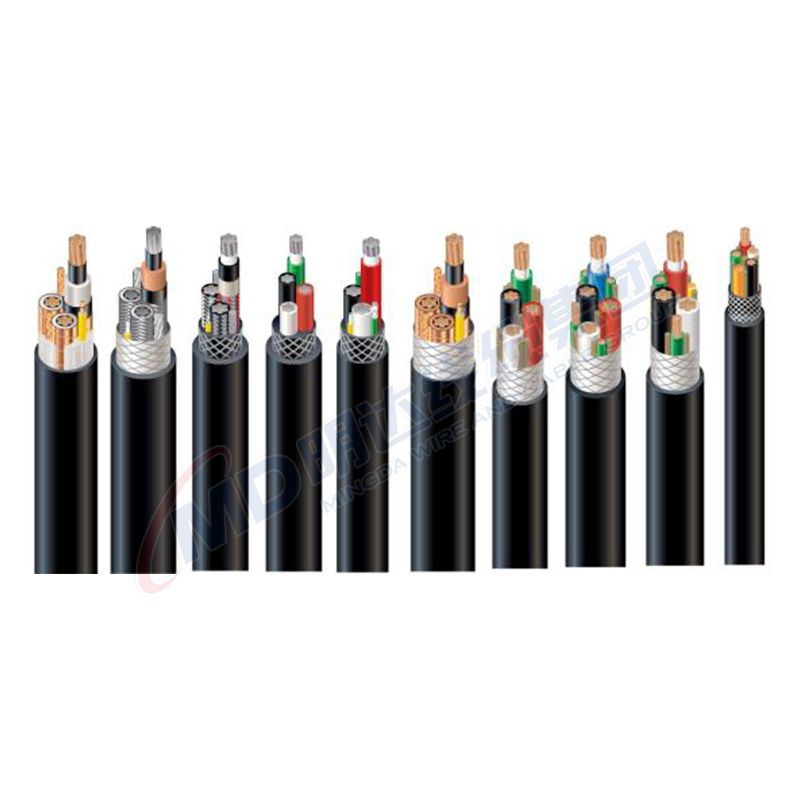നവം . 16, 2024 03:00 Back to list
foot valve with strainer
Understanding Foot Valves with Strainers An Essential Component for Fluid Systems
Foot valves with strainers are critical components in various fluid management systems, particularly in water and sewage applications. They play a vital role in maintaining system efficiency, protecting pumps from debris, and ensuring the smooth operation of the entire fluid transport infrastructure. This article delves into the function, benefits, and considerations of foot valves with strainers.
What is a Foot Valve?
A foot valve is a type of check valve located at the bottom of a suction line, submerged in the fluid being pumped. Its primary function is to prevent backflow when the pump is not in operation, ensuring that the pump remains primed and ready for immediate operation. In essence, the foot valve acts as a one-way gate, allowing fluid to flow toward the pump while blocking reverse flow.
The Role of Strainers
The inclusion of a strainer in a foot valve assembly enhances its functionality. Strainers are perforated devices designed to filter out larger debris and sediment from the fluid before it enters the pump. This is crucial in preventing clogging, wear, and potential damage to the pump. By removing particulate matter, strainers help maintain the pump’s efficiency and operational lifespan, reducing the need for frequent maintenance or replacements.
Applications of Foot Valves with Strainers
Foot valves with strainers are utilized in numerous applications, including
1. Water Supply Systems Used in well pumps and municipal water systems to ensure clean water delivery without contaminating the supply. 2. Irrigation Essential in agricultural applications where water is drawn from canals or ponds, preventing organic debris from damaging irrigation systems.
3. Industrial Processes Commonly employed in manufacturing and processing plants, where pumps transport liquids that may contain particulates.
4. Sewage and Wastewater Management Foot valves with strainers help manage sewage flow, averting blockages in lift stations and treatment facilities.
Benefits of Using Foot Valves with Strainers
foot valve with strainer

1. Prevention of Backflow Ensures that the fluid remains in the suction line when the pump is not in operation, thus maintaining system pressure.
2. Protection Against Debris Strainers filter out unwanted particles, significantly reducing the risk of pump damage and ensuring smooth operation.
3. Reduced Maintenance Costs By keeping the pump free from obstructions and wear caused by debris, such valves can lengthen the time between maintenance checks.
4. Efficiency Properly maintained foot valves with strainers improve the overall efficiency of water and fluid transport systems.
Choosing the Right Foot Valve with Strainer
Selecting the appropriate foot valve with a strainer involves considering several factors
- Size and Capacity Ensure the valve is appropriately sized for the specific application and the flow rate requirements. - Strainer Mesh Size The mesh size of the strainer should be chosen based on the types of debris expected. A finer mesh will capture smaller particles but may require more frequent cleaning.
- Material Composition Depending on the fluid being handled, materials such as stainless steel, brass, or PVC may be more suitable to resist corrosion and chemical reactions.
- Operating Conditions Consider temperature, pressure, and the physical conditions of the environment to select a foot valve that can withstand operational stresses.
Conclusion
Foot valves with strainers are indispensable in managing fluid systems, providing critical functions that ensure efficiency and protection. By understanding their roles and selecting the right valve for specific applications, users can optimize performance and longevity in fluid transport systems. In a world where clean and efficient water management is increasingly vital, the importance of these components cannot be overstated.
Share